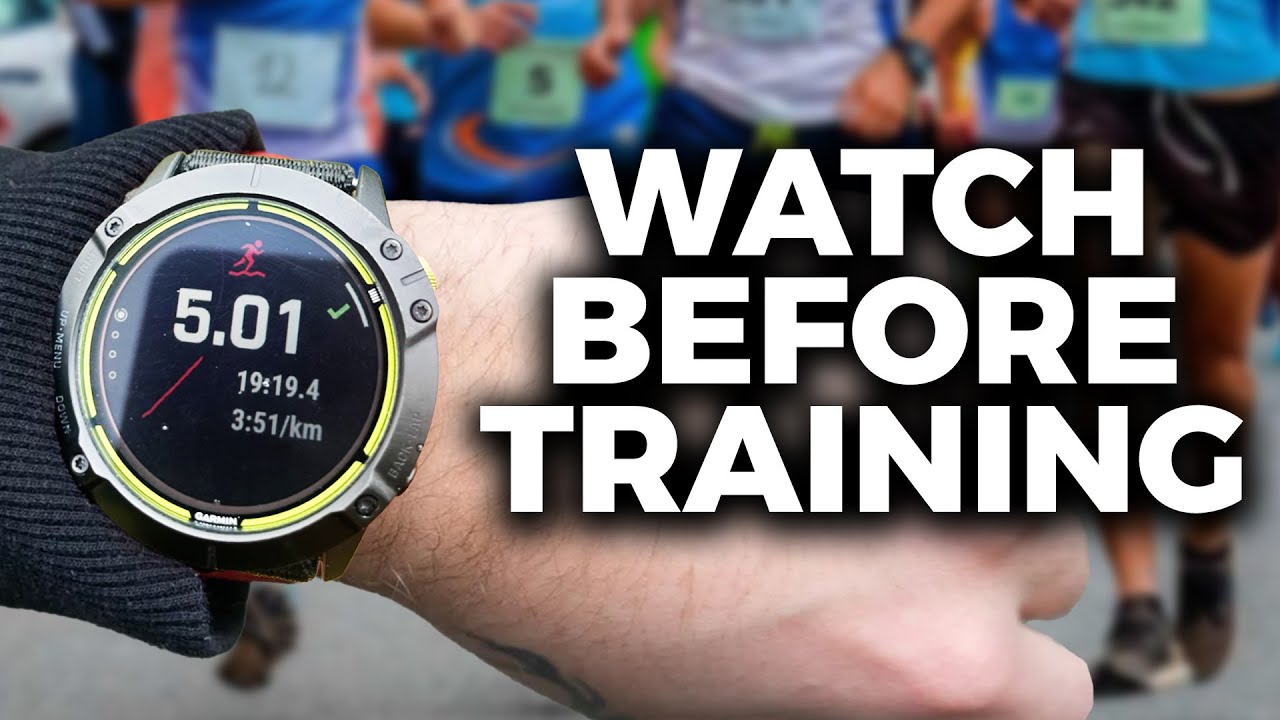
Strategies for a Faster 5k: Run Strong, Finish Strong
Strategies for a faster 5k sets the stage for this enthralling narrative, offering readers a glimpse into a story that is rich in detail with personal blog style and brimming with originality from the outset. Whether you’re a seasoned runner aiming for a personal best or a newcomer looking to conquer your first 5k, this guide is your roadmap to success.
We’ll delve into the science behind training, nutrition, and race day strategy, equipping you with the tools and knowledge to unlock your full potential. From optimizing your training plan to mastering your mental game, we’ll explore every aspect of achieving a faster 5k time.
Training and Preparation: Strategies For A Faster 5k

A faster 5k doesn’t happen overnight. It requires a structured training plan that gradually builds your endurance, speed, and strength. Consistency is key, as it allows your body to adapt and improve over time. This section explores the essential training phases, sample workouts, and tips for effective warm-up and cool-down routines.
Training Phases
Each training phase plays a crucial role in preparing you for a faster 5k.
- Base Building: This phase focuses on building a solid aerobic foundation. It involves long, easy runs at a conversational pace, typically lasting 30-60 minutes. These runs improve your endurance and cardiovascular fitness.
- Speed Work: This phase introduces faster-paced workouts to improve your running speed and efficiency. Examples include interval training (alternating between high-intensity bursts and recovery periods) and tempo runs (running at a comfortably hard pace for a sustained period).
- Race Preparation: This phase fine-tunes your fitness for race day. It includes shorter, faster runs, race-pace efforts, and strategic rest days to ensure peak performance.
Sample Training Schedule
Here’s a sample training schedule incorporating various types of workouts:
| Day | Workout | Duration | Notes |
|---|---|---|---|
| Monday | Easy Run | 30-45 minutes | Focus on recovery and building endurance. |
| Tuesday | Interval Training | 30 minutes | 4 x 800 meters at a hard pace, with 200 meters recovery jog between each interval. |
| Wednesday | Cross-Training | 30-45 minutes | Choose an activity like swimming, cycling, or strength training. |
| Thursday | Tempo Run | 30-40 minutes | Run at a comfortably hard pace for 20-30 minutes. |
| Friday | Easy Run | 20-30 minutes | Focus on recovery and active rest. |
| Saturday | Long Run | 60-90 minutes | Increase the distance gradually over time. |
| Sunday | Rest Day | Allow your body to recover and rebuild. |
Warm-Up and Cool-Down Routines, Strategies for a faster 5k
Effective warm-up and cool-down routines are essential for injury prevention and performance optimization.
- Warm-Up: Start with a light jog to increase blood flow, followed by dynamic stretches like leg swings, arm circles, and torso twists. This prepares your muscles for the workout.
- Cool-Down: After your workout, slow down your pace gradually and perform static stretches, holding each stretch for 30 seconds. This helps reduce muscle soreness and improve flexibility.
Training Goals
When setting training goals, consider these key factors:
- Current Fitness Level: Start with realistic goals that are achievable based on your current fitness level.
- Time Commitment: Consider how much time you can realistically dedicate to training each week.
- Race Goals: Set a specific time goal for your 5k race.
- Personal Goals: Consider your overall fitness goals and how a faster 5k contributes to them.
Final Wrap-Up

Remember, running a faster 5k isn’t just about physical strength; it’s about cultivating a mindset of resilience and determination. By incorporating these strategies into your training and race day approach, you’ll not only improve your performance but also discover a new level of self-belief.
So, lace up your shoes, embrace the journey, and prepare to witness your own remarkable transformation as you cross that finish line with a smile and a newfound sense of accomplishment.
Training for a faster 5k involves a combination of factors, from proper running form and interval training to fueling your body correctly. Speaking of fueling, it’s crucial to understand the nuances of nutrition, especially if you’re considering intermittent fasting.
To avoid derailing your progress, make sure you’re not making any of the common mistakes outlined in this helpful article: 6 intermittent fasting mistakes to avoid. By avoiding these pitfalls, you can ensure your fasting strategy complements your training, ultimately leading to a faster 5k time.
Training for a faster 5k means focusing on both speed and endurance, and sometimes, it can feel like you’re juggling a million things. You’re probably thinking about your running plan, your workouts, and maybe even how to fuel your body for those long runs.
But have you ever considered how the timing of your meals might impact your performance? It’s a question worth exploring, especially since the science behind does meal timing matter for losing weight is constantly evolving. Ultimately, finding the right meal timing strategy for your body can help you maximize your energy levels and push you to new personal bests on race day.
When it comes to running a faster 5k, fueling your body right is crucial. A balanced diet, rich in nutrients, can give you the energy you need to push through those tough miles. And what better way to boost your nutrition than by incorporating more vegetables into your meals?
Check out 5 ways to up your vegetable game for some inspiration. After all, a healthy diet, packed with vegetables, can be the secret weapon you need to shave seconds off your 5k time!

